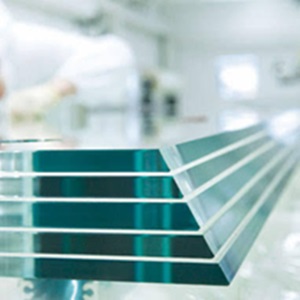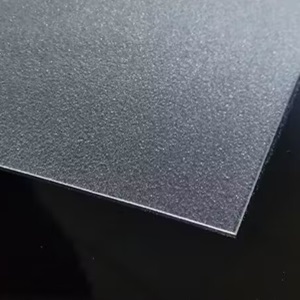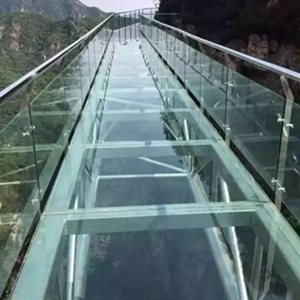Glass is a widely used material in various fields such as architecture, automotive, aviation, and medical, due to its transparency, beauty, and durability. However, glass also has some drawbacks, such as being fragile, heat-sensitive, and fire-prone. To improve the safety and functionality of glass, people invented laminated glass, which is a composite glass made by sandwiching one or more layers of interlayer material between two or more layers of glass. The type and performance of the interlayer material directly affect the quality and application of the laminated glass.
Ionoplast interlayer is a high-performance laminated material which is stronger and more rigid than conventional laminating materials, creating safety glass that protects against storms, impacts, and blasts. Ionoplast interlayer has advantages such as high strength, high stiffness, high light transmission, low yellowness, high weather resistance, high temperature resistance, etc. It can be combined with various types of glass, such as tempered glass, semi-tempered glass, hot-bent glass, ceramic glass, etc., to produce laminated glass of various specifications and shapes, suitable for various high-end architectural and decorative projects, such as curtain walls, stairs, railings, doors, windows, ceilings, floors, bridges, aquariums, etc. If you want to know more our case, please click the hyperlink enables you to navigate directly to the Case.
So, what is the thickness of ionoplast interlayer? According to Suzhou Xiaoshi Expert, the thickness of SGP glass interlayer ranges from 0.38 mm to 2.28 mm. Different thicknesses are suitable for different application scenarios, such as curtain walls, stairs, railings, doors, windows, etc. The thicker the ionoplast interlayer, the higher the strength and stiffness, but also the higher the weight and cost of the glass. Therefore, choosing a correct interlayer requires considering the performance, function, and cost of the glass, to achieve the best effect.
The thickness of ionoplast interlayer also affects the light transmission and sound insulation of the glass. Generally speaking, the ionoplast interlayer has higher light transmission than PVB glass interlayer, because it has a lower yellowness index, closer to pure glass. It also has lower sound insulation than PVB glass interlayer, because it has higher stiffness, easier to conduct sound waves. If you need to improve the sound insulation of the glass, you can use double-layer or multi-layer laminated glass, or add sound insulation film between the glass.
In summary, ionoplast interlayer is a high-quality laminated material that can improve the safety and functionality of glass, suitable for various high-end architectural and decorative projects. Choosing the thickness of ionoplast interlayer requires rational design and calculation based on the purpose and requirements of the glass. Suzhou Xiaoshi is a professional glass interlayer film supplier, providing various specifications and quality of glass interlayer films, meeting the different needs of customers. If you want to know more about glass interlayer films, please visit our website and please feel free to contact wirh our customer service.




